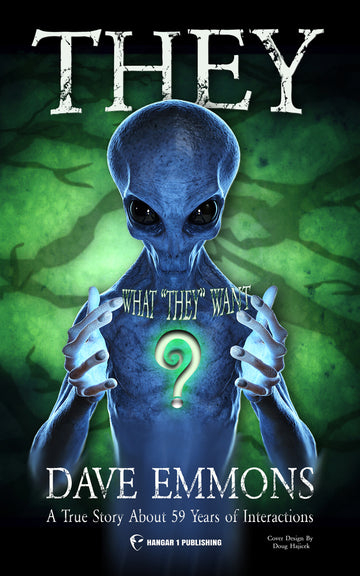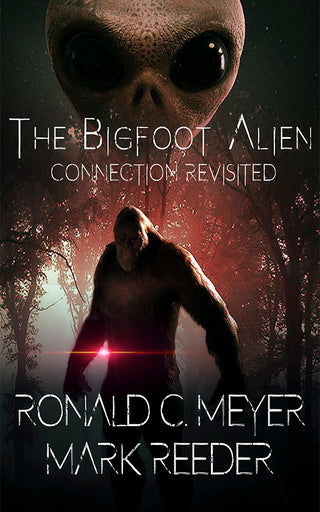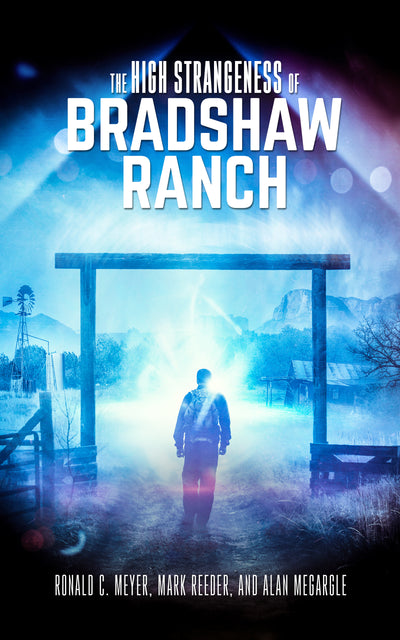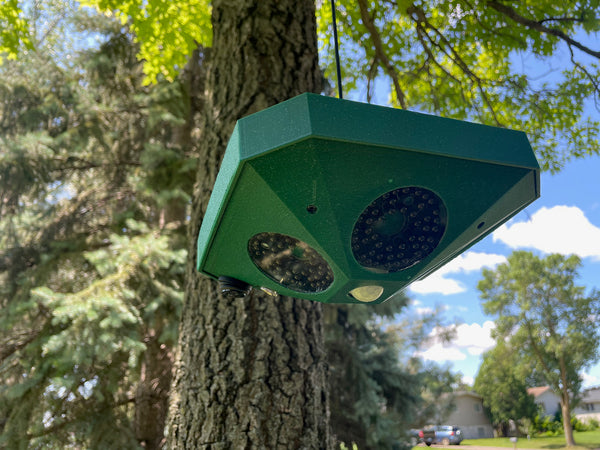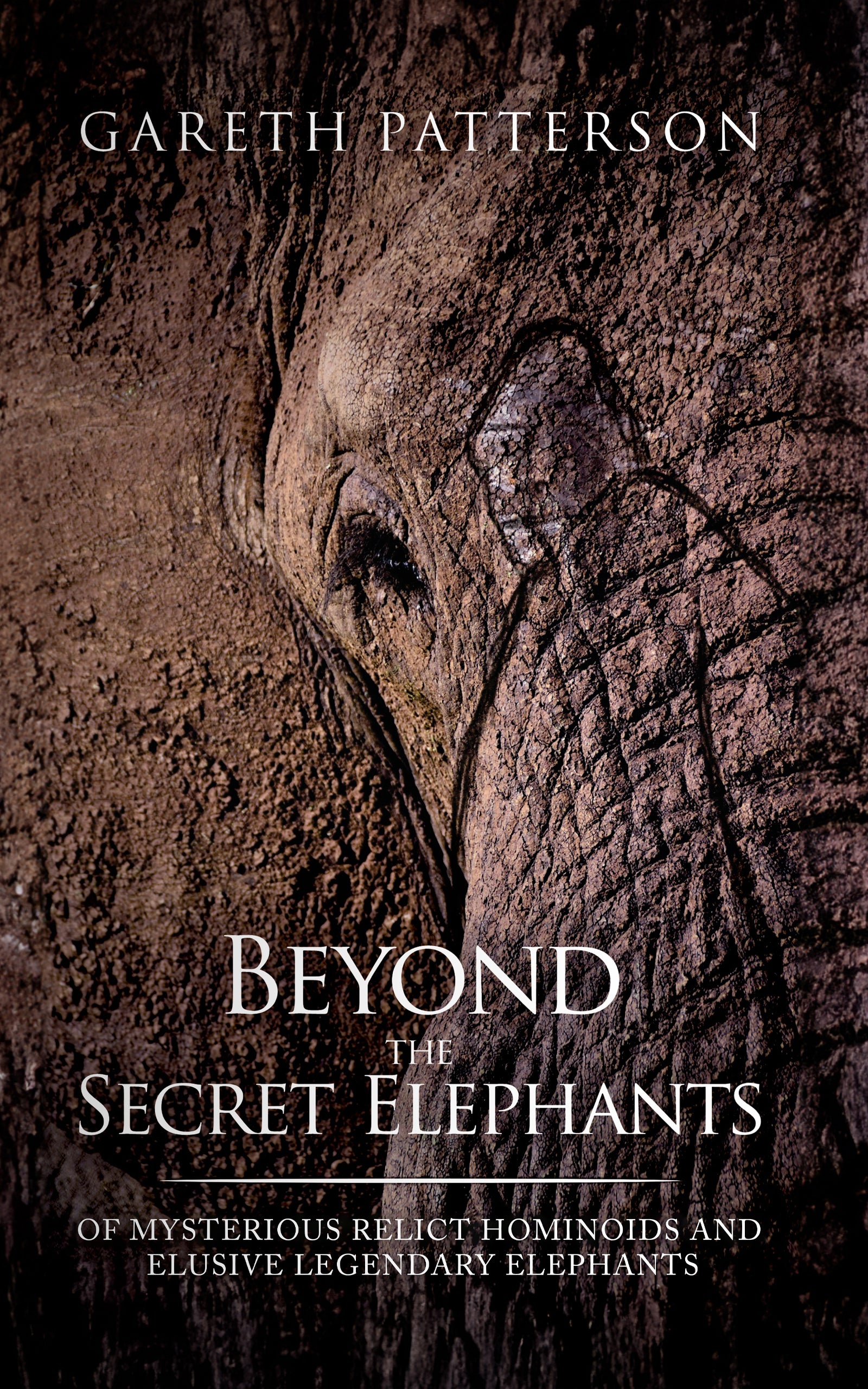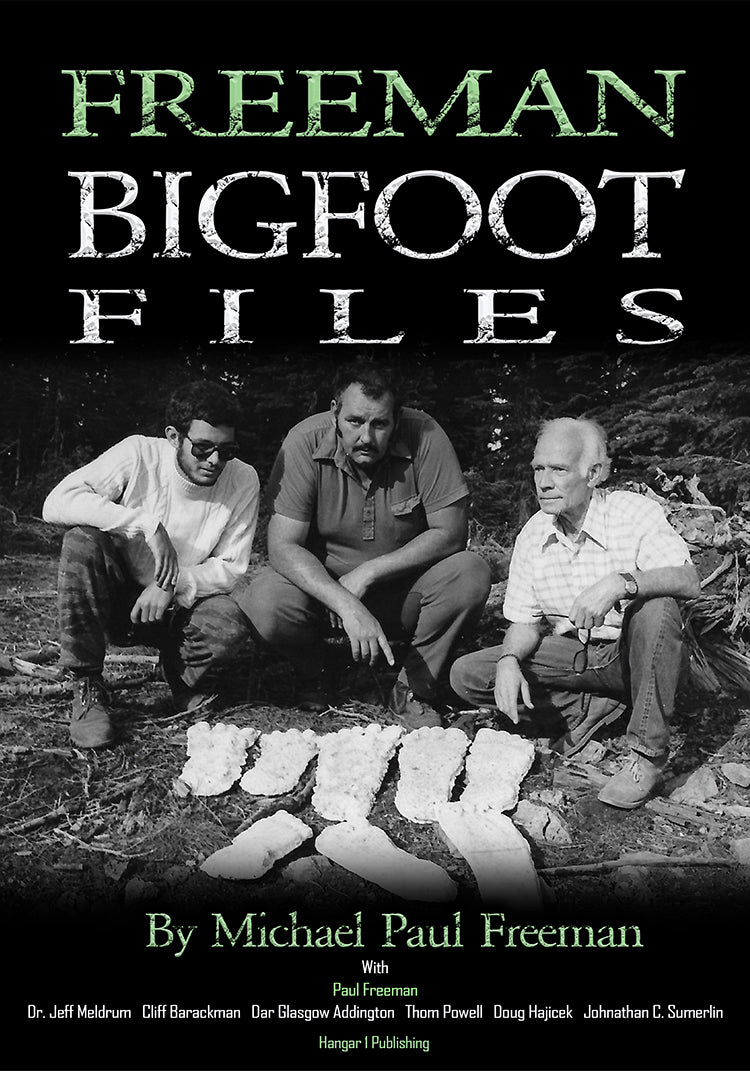Hollow Earth UFO Theories Explained
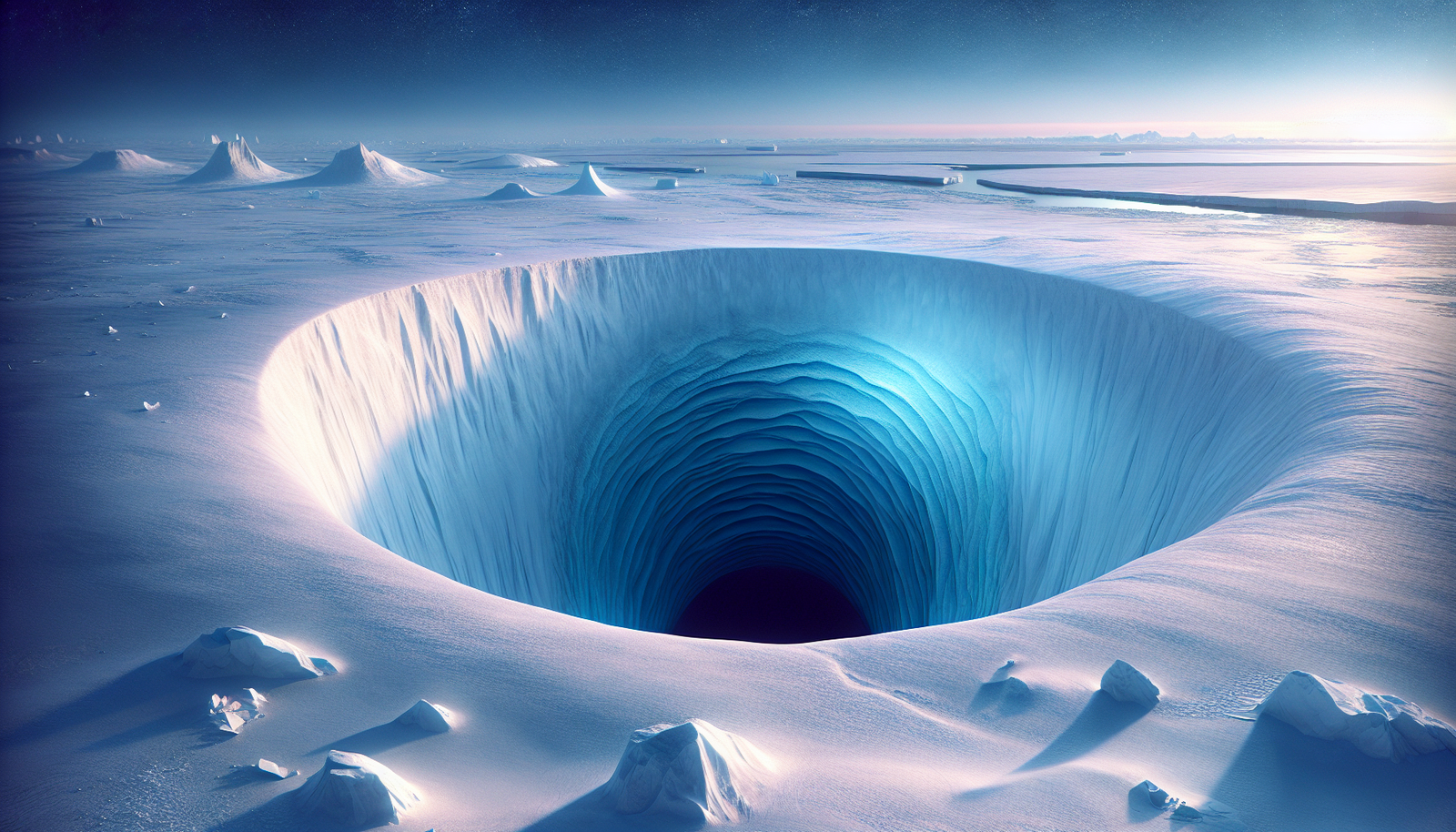
By Amara Okafor, Ufologist
What if the ground beneath our feet wasn't a solid ball of rock and molten metal, but something far stranger? Picture this: our planet as a hollow shell, housing a secret world within – complete with lush landscapes, maybe even its own sun, populated by civilizations far exceeding our own technological prowess. It sounds like something straight out of a Jules Verne novel, and indeed, it has inspired countless works of fiction. Yet, for some, this isn't merely a flight of fancy. It's a belief system, a conspiracy theory suggesting that the Earth is hollow, and more startlingly, that this hidden inner world is the origin point for the Unidentified Flying Objects, or UFOs, that have puzzled observers for decades.
This idea represents a fascinating convergence point, where ancient mythology about subterranean realms crashes headlong into modern anxieties about unexplained aerial phenomena and government secrecy. It’s a narrative woven from threads of misinterpreted science, alleged polar expeditions gone rogue, and whispers of advanced beings operating just beyond our perception, right under our noses. Let's explore this peculiar and persistent theory, examining its roots, its connection to flying saucers, and why, despite scientific dismissal, it continues to capture imaginations.
The Genesis Below: Tracing the Roots of the Hollow Earth Idea
Long before anyone conceived of flying saucers, humanity looked beneath the surface and imagined other worlds. The concept isn't new; it’s practically baked into our collective storytelling history. Think about the ancient Greeks and their Hades, the Norse Svartálfaheimr, the Jewish Sheol, or the Christian Hell – all realms imagined to exist underground, often serving as destinations for the dead, places of torment, or homes for mythical beings.
These weren't just vague notions. Specific traditions pinpoint entrances and inhabitants. Tibetan Buddhism speaks of Shamballa, an ancient, hidden city located somewhere inside the Earth, a place of peace and enlightenment often confused with the more conspiracy-laden Agartha. Numerous Native American traditions, from the Mandan emerging near the Missouri River to the Hopi belief in a Sipapu entrance in the Grand Canyon, tell of ancestors originating from a subterranean world. We find similar tales among the Angami Naga in India, the Taino in Cuba, the peoples of the Trobriand Islands, Brazilian tribes along the Parima River, and even the ancient Incas, who traced their origins to caves east of Cuzco. Medieval European myths located portals to the inner Earth in mountains, and Russian legends told of Siberian tribes migrating to a cavern city deep below. These weren't just stories about caves; they were narratives about origins, destinations, and entire worlds existing beneath the familiar surface.
As scientific thought began to blossom, some thinkers tried to reconcile these ideas or explain puzzling natural phenomena through a Hollow Earth model. In the 17th century, Athanasius Kircher speculated about intricate underground cavities. Then came Edmond Halley, a name synonymous with his famous comet. In 1692, wrestling with unexplained shifts in the Earth's magnetic field and the mysterious glow of the Aurora Borealis, Halley proposed a truly radical structure: Earth as a hollow shell, perhaps 500 miles thick, containing several smaller, concentric hollow spheres, each rotating independently and separated by luminous atmospheres potentially capable of supporting life. His reasoning, based partly on Isaac Newton's (incorrect) early calculations of the Moon's density relative to Earth, was an attempt to fit observations into a coherent model, however flawed it appears now.
Others followed, sometimes misunderstanding or building upon these ideas. Leonhard Euler, the brilliant 18th-century mathematician, is often cited as proposing a single hollow shell with an interior sun. While he did perform thought experiments involving a hole drilled through the Earth, historical evidence suggests he didn't actually champion the Hollow Earth theory and even criticized Halley's concentric shells. Sir John Leslie, in the early 19th century, did propose a hollow Earth, though the vivid detail often attributed to him, like naming two inner suns "Pluto" and "Proserpine," remains somewhat murky in the historical record.
The idea truly gained popular traction, however, with an American named John Cleves Symmes Jr. in 1818. Symmes wasn't just theorizing; he was evangelizing. He declared the Earth consisted of a hollow shell, about 800 miles thick, with enormous openings – around 1,400 miles across – at both the North and South Poles. These entrances, which became known as "Symmes Holes," were his unique contribution. He passionately believed these holes provided access to a habitable interior, possibly containing multiple inner shells. Symmes wasn't content with just writing; he campaigned relentlessly for a government-funded expedition to find the North Pole entrance, gaining enough support for Congress to actually vote on it (though it was ultimately denied). His followers, like James McBride and Jeremiah Reynolds, kept the idea alive through writings and lectures. Symmes’ vision, immortalized by a peculiar monument in Hamilton, Ohio, cemented the polar openings as a key feature of the Hollow Earth narrative. Later proponents, like William Reed in 1906 and Marshall Gardner in 1913/1920, refined the concept: Reed ditched the inner shells and sun, while Gardner reintroduced the inner sun and even patented a working model of his Hollow Earth.
The UFO Connection: When Inner Space Meets Flying Saucers
For centuries, the Hollow Earth was a concept debated by fringe thinkers, explored in fiction, and occasionally championed by eccentrics. But the mid-20th century brought a new, electrifying element into the mix: Unidentified Flying Objects. The surge in sightings of strange craft in the skies after World War II provided fertile ground for existing fringe theories to sprout new, unexpected branches. If these objects weren't from other planets, perhaps they were coming from somewhere much closer – somewhere hidden *within* our own world.
Dr. Raymond Bernard and the Terrestrial Origin
A key figure in forging this link was a writer using the pseudonym Dr. Raymond Bernard – revealed later to be Walter Siegmeister. His 1969 book, simply titled The Hollow Earth, became a cornerstone of what might be called "weird UFO literature." Bernard wasn't subtle; he explicitly stated that UFOs, or flying saucers, originated from the Earth's interior. He went further, weaving in interpretations of astronomical phenomena like the Ring Nebula as supposed evidence for the existence of hollow worlds, and speculating wildly about the fate of Atlantis being connected to this inner realm. Bernard essentially took the existing Hollow Earth framework and plugged the modern mystery of UFOs directly into it, offering a terrestrial, albeit hidden, explanation.
Modern Proponents and Their Visions
This idea has persisted, finding modern champions like Rodney Cluff, author of World Top Secret: Our Earth IS Hollow. Cluff envisions the Earth not just hollow, but almost doughnut-shaped, with the shell being roughly 800 miles thick. He points to entrances not only at the poles but also hidden within the Himalayas. According to Cluff, the interior isn't empty; it contains a miniature sun and is inhabited by a "superior" human race. These inner-Earthers, he claims, act as "guardians of the planet," keeping tabs on surface dwellers. And how do they do this? With flying saucers, of course. Cluff boldly states, "The majority of UFOs actually come from inside our planet." He believes they monitor us, perhaps intervening to prevent catastrophes like nuclear war. His conviction was such that he attempted to organize a $20,000-per-head expedition in 2007 to sail an icebreaker to the North Pole and find the opening, though the voyage never materialized.
Agartha and the Advanced Inner Civilization
Tangled up in these Hollow Earth UFO narratives is the concept of Agartha (or Agharti). Described as a legendary, mystical kingdom located deep within the Earth, Agartha is often said to have entrances in the Himalayas or at the poles. It's portrayed as the home of an incredibly advanced race – sometimes called Agarthans or the Old Ones – possessing profound wisdom and highly sophisticated technology. Crucially for UFO theorists, this technology includes advanced "flying vehicles." For proponents, the equation is simple: Agartha exists, Agarthans have flying craft, therefore, UFOs are Agarthan vehicles emerging from the inner Earth. While the name Agartha has some tenuous connections to Tibetan Buddhist lore (often being conflated with the more mythical Shambhala), its modern form, particularly its link to advanced technology and inner-Earth civilizations, was largely popularized in the West through occult writers like Alexandre Saint-Yves d’Alveydre in the 19th century and later cemented by figures like Raymond Bernard. It provided a ready-made name and backstory for the hidden civilization supposedly launching UFOs from below.
Admiral Byrd and the Polar Mystique: A Cornerstone of the Narrative
No figure looms larger in the folklore of Hollow Earth UFO theories than Admiral Richard E. Byrd. A genuine American hero, a pioneering aviator, and a famed polar explorer, Byrd's documented accomplishments are impressive. However, a completely separate, unsubstantiated narrative has attached itself to his name, making him a central, almost mythical, character in the Hollow Earth saga.
The Alleged Secret Diary and Inner World Encounter
The pervasive story goes like this: during his flights over the North Pole (often conflated with his Antarctic expeditions, particularly Operation Highjump in 1946-47), Admiral Byrd didn't just fly over ice. He allegedly flew *into* one of the polar openings, discovering a hidden land beyond the pole – a "center of the great unknown." This inner world, described in a widely circulated but apocryphal "secret diary," was supposedly lush, green, and temperate, featuring terrain impossible for the Arctic or Antarctic – mountains, rivers, forests, even prehistoric animals. The diary details an encounter with a highly advanced civilization living in glittering crystal cities. These beings, sometimes called "Arianni" or identified with Agarthans, supposedly communicated with Byrd, possibly via telepathy or in English with distinct accents (some versions bizarrely claim German accents, adding a Nazi connection). Their message was one of concern: they disapproved of humanity's development and use of nuclear weapons following World War II. After this encounter, Byrd was escorted back to the surface world and allegedly sworn to secrecy by the US government upon reporting his findings. Some extreme versions even claim Byrd's Antarctic task force, Operation Highjump, was attacked by flying saucers "that burst out of the ocean," possibly featuring swastikas, linking the tale directly to Nazi survival myths.
Debunking the Byrd Myth
It’s a dramatic, compelling story. Unfortunately, it has no basis in fact. Admiral Byrd's official logs, extensive journalling, and the reports from the numerous journalists who accompanied Operation Highjump contain absolutely no mention of polar openings, hidden lands, crystal cities, or advanced inner-Earth beings. Operation Highjump was a massive post-war undertaking with well-documented objectives: training personnel in frigid conditions, testing equipment, consolidating US claims in Antarctica, and general scientific reconnaissance – standard procedure in the burgeoning Cold War era, not a secret mission to contact or battle subterranean forces.
The "secret diary" itself is widely regarded by historians and the Byrd Polar and Climate Research Center Archival Program at Ohio State University (which holds Byrd's actual papers) as a hoax, likely originating decades after Byrd's death. The Center explicitly states they "receive questions about the hollow earth every year, and that there are no records to support these claims in their archive.” Proponents sometimes try to explain away the lack of sightings of polar holes by pilots by invoking a "magnetic rim" that supposedly fools compasses, guiding aircraft around the opening rather than over it – a concept based on a misunderstanding of navigation near the poles. Despite thorough debunking, the Admiral Byrd myth persists because it provides a seemingly credible witness, a dramatic narrative of discovery, and the crucial element of government suppression – all key ingredients for a compelling conspiracy theory.
Inhabitants of the Inner World: Who (or What) Lives Below?
If the Earth is hollow and UFOs come from within, who exactly is flying them? The theories offer a diverse and often contradictory cast of characters residing in this hidden realm. There isn't one single agreed-upon description; rather, it seems various narratives have been layered on top of each other over time.
Advanced Humanoids and Superior Races
One common theme is the presence of advanced or "superior" humanoids. Drawing perhaps from myths of ancient giants or utopian ideals, these inner-Earthers are often depicted as more evolved, physically imposing, and intellectually advanced than surface humans. The story attributed to the Norwegian sailor Olaf Jansen, popularized in Willis George Emerson's The Smoky God, described inhabitants who were at least 12 feet tall, beautiful, and lived incredibly long lives free from illness in a kind of paradise. Modern theorist Dianne Robbins speaks of them as physical humans who have achieved immortality through living in peace and isolation within subterranean cities, sometimes referred to as the Agartha Network. They are often portrayed as benevolent, possessing great wisdom.
Native Earth Aliens
Then there's the direct "alien" connection, but with a twist. In this context, the beings piloting the UFOs aren't extraterrestrial visitors from other star systems; they are *native* to Earth, albeit originating from its hidden interior. They might be a divergent branch of humanity, a completely separate species that evolved underground, or perhaps remnants of a very ancient surface civilization that retreated below millennia ago. They are "alien" to us, but technically terrestrial.
Lost Groups and Controversial Inhabitants
Adding another layer of intrigue, some theories propose that the inner Earth serves as a sanctuary for lost or vanished groups from the surface world. Popular candidates include the lost Viking colonies of Greenland, who mysteriously disappeared from history, or even the legendary Lost Tribes of Israel. Most controversially, the theory often incorporates Vikings and Nazis escaping Germany after World War II. This ties into the alleged Byrd encounters where beings spoke with German accents or flew craft marked with swastikas, suggesting Hitler or his elite forces found refuge and perhaps even allied with the pre-existing inner-Earth civilization, utilizing their advanced technology.
Guardians of the Planet and Their Technology
Regardless of their specific identity – be they giant superhumans, native aliens, Vikings, or Nazis – a recurring characteristic is their role as overseers or "guardians of the planet." As Rodney Cluff suggests, they are believed to monitor humanity on the surface, often expressing concern about our self-destructive tendencies, particularly regarding warfare and nuclear technology (echoing the message allegedly given to Admiral Byrd). Their advanced technology, epitomized by the flying saucers or UFOs, allows them to observe us, travel swiftly between the inner and outer worlds, and perhaps even intervene if necessary. These craft are the tangible link, the supposed proof that emerges from the hidden realm into our skies.
Alleged Entrances and Hidden Gateways: Accessing the Inner Realm
If there's a whole world bustling with advanced beings and flying machines beneath our feet, how do they get in and out? And could we potentially find a way in? The theories, naturally, propose various points of entry, moving beyond John Cleves Symmes Jr.'s original concept of massive polar openings.
The Iconic Polar Openings
The North and South Poles remain the most iconic alleged gateways, the "Symmes Holes" of legend. Proponents argue these vast apertures allow entry and exit for inner-Earth inhabitants and their craft. A key part of the accompanying conspiracy is that these entrances are deliberately concealed by world powers. Believers point to satellite images where the poles appear blurred, blacked out, or simply missing data as proof of manipulation designed to hide these openings. They might also cite restrictions on travel, particularly in Antarctica, as evidence of a cover-up preventing independent discovery. However, these claims don't hold up to scrutiny. Numerous detailed satellite images of both poles exist, revealing solid ice and landmasses, not giant holes. While travel to polar regions is challenging and regulated for safety, environmental protection, and geopolitical reasons (especially in Antarctica governed by international treaty), authorized scientific expeditions and even tourist trips reach the geographic poles regularly. The "missing data" on some satellite passes is often due to orbital mechanics or specific sensor limitations, not censorship.
Other Proposed Gateways
Beyond the poles, Hollow Earth lore suggests a network of other potential entrances scattered across the globe. Ancient myths often centered on caves and deep tunnels as passages to the underworld, and these remain popular candidates. Specific geographic locations are frequently cited, often drawing on local legends or mystical traditions. The Himalayan mountains are a prime location, intrinsically linked to the legends of Agartha and Shamballa. Volcanoes, featured in early theories by Kircher and in Verne’s fiction, are sometimes suggested as conduits. More specific, and often less substantiated, claims point to entrances beneath the catacombs of Paris, in Staffordshire, England, near Montreal, Canada, under Hangzhou, China, or deep within the Amazon rainforest.
Methods of Entry
How one actually traverses these entrances varies in the telling. Symmes envisioned a smooth, curved rim, allowing a traveler to transition from the outer surface to the inner surface almost seamlessly, perhaps without even realizing it initially – like an ant crawling over the edge of a coffee mug. Other narratives imply more complex passages, perhaps requiring advanced technology (like the UFOs themselves) to navigate treacherous tunnels or overcome barriers separating the inner and outer worlds.
The Cover-Up Narrative: Why Don't We Know?
A common thread running through almost all Hollow Earth UFO theories is the idea of a vast, orchestrated cover-up. If such a staggering reality exists – a hidden world, advanced beings, UFO origins within our planet – why isn't it common knowledge? The answer, according to believers, is simple: powerful forces are actively suppressing the truth.
Who is Behind the Cover-Up?
This conspiracy usually targets governments, shadowy elite groups, or sometimes, as Rodney Cluff suggested, an "international banking conspiracy." The alleged methods are varied but familiar within conspiracy circles. Explorers who stumble upon the truth, like the apocryphal version of Admiral Byrd, are supposedly sworn to secrecy, debriefed, and perhaps threatened into silence. Physical evidence, particularly satellite imagery of the polar regions, is claimed to be doctored, with tell-tale holes being deliberately obscured or blacked out. Access to potential entrance points, especially Antarctica, governed by treaties and logistical challenges, is portrayed as being intentionally restricted to prevent independent discovery. Anyone who tries to speak out or present evidence is systematically discredited, ridiculed, or silenced.
Motivations for Suppression
The motivations attributed to these shadowy gatekeepers are equally diverse. Perhaps they want to prevent panic or societal collapse that might result from such a monumental revelation. Maybe they seek to monopolize access to the advanced technology or resources of the inner world for their own gain, preventing other nations or the general public from benefiting. In some versions, the cover-up is protective – either shielding surface humanity from potential threats originating within, or protecting the inner-Earth civilization from the perceived barbarism and aggression of the surface world. The overarching theme, however, is control – control over information, narrative, resources, and power.
This cover-up element is crucial to the theory's persistence. It provides a ready-made explanation for the lack of mainstream acceptance or concrete proof. Any scientific dismissal or lack of evidence can be attributed not to the theory's flaws, but to the success of the suppression campaign. It taps into existing distrust of government and authority, resonating with individuals who feel that conventional explanations are incomplete or deceptive. The idea that "they" don't want you to know is a powerful narrative engine.
Science vs. Speculation: Debunking the Hollow Earth
While the tales of inner worlds and subterranean UFO bases are undeniably captivating, they stand in stark contrast to centuries of accumulated scientific knowledge about our planet. Modern geology and physics paint a detailed picture of Earth's interior, one that leaves no room for vast hollow spaces or internal suns.
Physics and Gravity
Our understanding begins with basic physics. Isaac Newton realized long ago that for the Earth to have its observed gravitational pull, it must be significantly denser overall than the rocks found on its surface. Measurements confirm this: Earth's average density is about 5.5 grams per cubic centimeter (g/cm³), while typical surface rocks average around 2.75 g/cm³. If a large portion of the Earth were hollow, the overall density would be much *lower*, not higher. The planet's mass, calculated from its gravitational influence, necessitates a dense core composed largely of heavy elements like iron and nickel, compressed under immense pressure. Furthermore, gravity itself poses a problem for the Hollow Earth model. Newton's shell theorem shows that inside a hollow sphere, the gravitational pull from the shell itself would cancel out, resulting in near-weightlessness at the center. Life couldn't "stand" on an inner surface pulled outwards by some mysterious force; gravity would pull everything towards the center of mass, which in a simple hollow shell, exerts no net force on objects inside.
Seismology: Mapping the Interior
The most definitive evidence comes from seismology – the study of earthquake waves. When an earthquake occurs, it sends seismic waves traveling throughout the planet. By analyzing how these waves speed up, slow down, reflect, and refract as they encounter different materials and boundaries deep within the Earth, scientists can map the interior structure with remarkable precision. These decades of seismic data clearly show distinct layers: a solid crust, a very thick mantle composed primarily of silicate rock (partially molten in the asthenosphere), a liquid outer core of iron and nickel, and a solid inner core of the same metals. The travel times and paths of these waves are utterly inconsistent with a planet that is largely hollow or contains massive empty cavities.
Pressure, Temperature, and Physical Limits
Beyond structure, the physical conditions inside the Earth are prohibitive. The deeper you go, the higher the pressure and temperature become. Even the deepest hole humans have ever drilled, the Kola Superdeep Borehole in Russia, reached only about 7.5 miles (12 kilometers) down – a mere fraction of the 4,000-mile journey to the center. Yet even at that relatively shallow depth, temperatures exceeded 350°F (180°C), and the rock behaved like plastic, making further drilling impossible with existing technology. Deeper still, temperatures reach thousands of degrees, and pressures are millions of times higher than at the surface – conditions where complex organic molecules necessary for life as we know it cannot exist.
Alternative Explanations for Alleged Evidence
As for the phenomena sometimes cited by proponents? The Aurora Borealis is well understood as charged particles from the sun interacting with gases in Earth's upper atmosphere, guided by the magnetic field – not luminous gas leaking from polar holes. Finding tropical seeds or pollen in Arctic regions, mentioned by Bernard, can be explained by ocean currents, wind patterns, and long-range bird migration, not an internal paradise. And UFO sightings? Skeptics and many scientists offer a range of explanations, from misidentified aircraft or natural phenomena (like sundogs, which might explain historical accounts like the 1561 Nuremberg event) to psychological factors (fantasy-proneness, sleep paralysis) or even deliberate hoaxes, without resorting to inner-Earth civilizations. While we certainly haven't *physically* visited the Earth's core, our indirect methods, particularly seismology and gravitational measurements, provide a clear and consistent picture of a solid, layered planet.
The Enduring Appeal: Why the Theory Persists
Given the overwhelming scientific evidence against a physically hollow Earth, why do these theories, especially those involving UFOs, continue to circulate and find believers? The answer likely lies less in geology and more in psychology, culture, and the very nature of storytelling.
Fascination with Mystery and the Unknown
Humans seem hardwired to be fascinated by mystery and the unknown. The idea of a vast, unexplored realm hidden beneath our feet, potentially holding secrets to our origins or advanced technologies, taps into a deep-seated sense of wonder and the desire for discovery. It offers a grand adventure, a final frontier right here on our own planet.
Alternative Explanations for Puzzling Phenomena
These theories also provide alternative explanations for phenomena that remain puzzling or controversial, like UFO sightings. For those unsatisfied with conventional explanations (or lack thereof), attributing UFOs to a hidden terrestrial civilization offers a narrative that avoids extraterrestrial complexities while still acknowledging the perceived reality of the objects. It keeps the mystery "local."
Distrust of Authority and Cover-Up Narratives
The pervasive distrust of authority and mainstream institutions fuels the fire. The inherent cover-up narrative within Hollow Earth UFO theories resonates strongly with individuals who already believe governments or powerful elites are hiding important truths from the public. Scientific consensus can be dismissed as part of the conspiracy, making the fringe theory feel more authentic or courageous.
Interconnectedness with Other Fringe Beliefs
Furthermore, these theories often don't exist in isolation. They intertwine and merge with other fringe beliefs and conspiracy narratives – Nazi survival myths, lost civilizations like Atlantis, esoteric spiritualism connected to Agartha, and general ufology. This cross-pollination creates a richer, more complex tapestry of belief that can seem internally consistent to those immersed in it.
The Power of Storytelling
We also cannot discount the sheer power of storytelling. From ancient myths to Jules Verne's Journey to the Center of the Earth and Edgar Rice Burroughs' Pellucidar series, to modern films like Godzilla vs. Kong, the idea of a world within our world is a compelling fictional trope. These stories keep the concept alive in the popular imagination, potentially blurring the lines between fantasy and perceived reality for some susceptible individuals.
The Role of the Internet
Finally, the internet age has provided unprecedented platforms for these ideas to spread and for believers to connect. Online forums, social media groups, and dedicated websites allow proponents to share "evidence," reinforce each other's beliefs, and construct echo chambers where dissenting views are excluded, making the theory seem far more plausible and widely accepted than it actually is.
Leaving the Reader in the Innerverse: A Call to Critical Thinking
We've journeyed from ancient myths of the underworld, through the earnest if misguided speculations of early scientists like Halley and Symmes, to the modern fusion of the Hollow Earth concept with the persistent mystery of UFOs, driven by figures like Bernard and the enduring, albeit fabricated, legend of Admiral Byrd. We've seen how descriptions of the inner world range from utopian paradise to a refuge for Nazis, and how its inhabitants are imagined as everything from giant superhumans to the very source of flying saucers spying on our world.
Yet, alongside these fascinating narratives stands the clear, consistent voice of science. Gravity, density, the passage of seismic waves, and the crushing pressures and temperatures deep below all point to a solid, layered Earth, fundamentally incompatible with the Hollow Earth hypothesis. The proposed entrances remain unseen, the alleged cover-ups unsubstantiated.
The enduring nature of Hollow Earth UFO theories, however, invites us to think critically. It prompts questions not just about geology, but about why such narratives hold appeal. What does it say about our relationship with science, authority, and the unknown? How do we differentiate between a compelling story and demonstrable evidence? The tales spun about a world beneath our own, whether believed literally or enjoyed as fiction, certainly reveal a profound truth – not about the Earth's core, perhaps, but about the boundless depths of human imagination and our unending quest to understand our place in the cosmos, even if that place includes looking for answers right under our own feet.
From Bigfoot to UFOs: Hangar 1 Publishing Has You Covered!
Explore Untold Stories: Venture into the world of UFOs, cryptids, Bigfoot, and beyond. Every story is a journey into the extraordinary.
Immersive Book Technology: Experience real videos, sights, and sounds within our books. Its not just reading; its an adventure.









